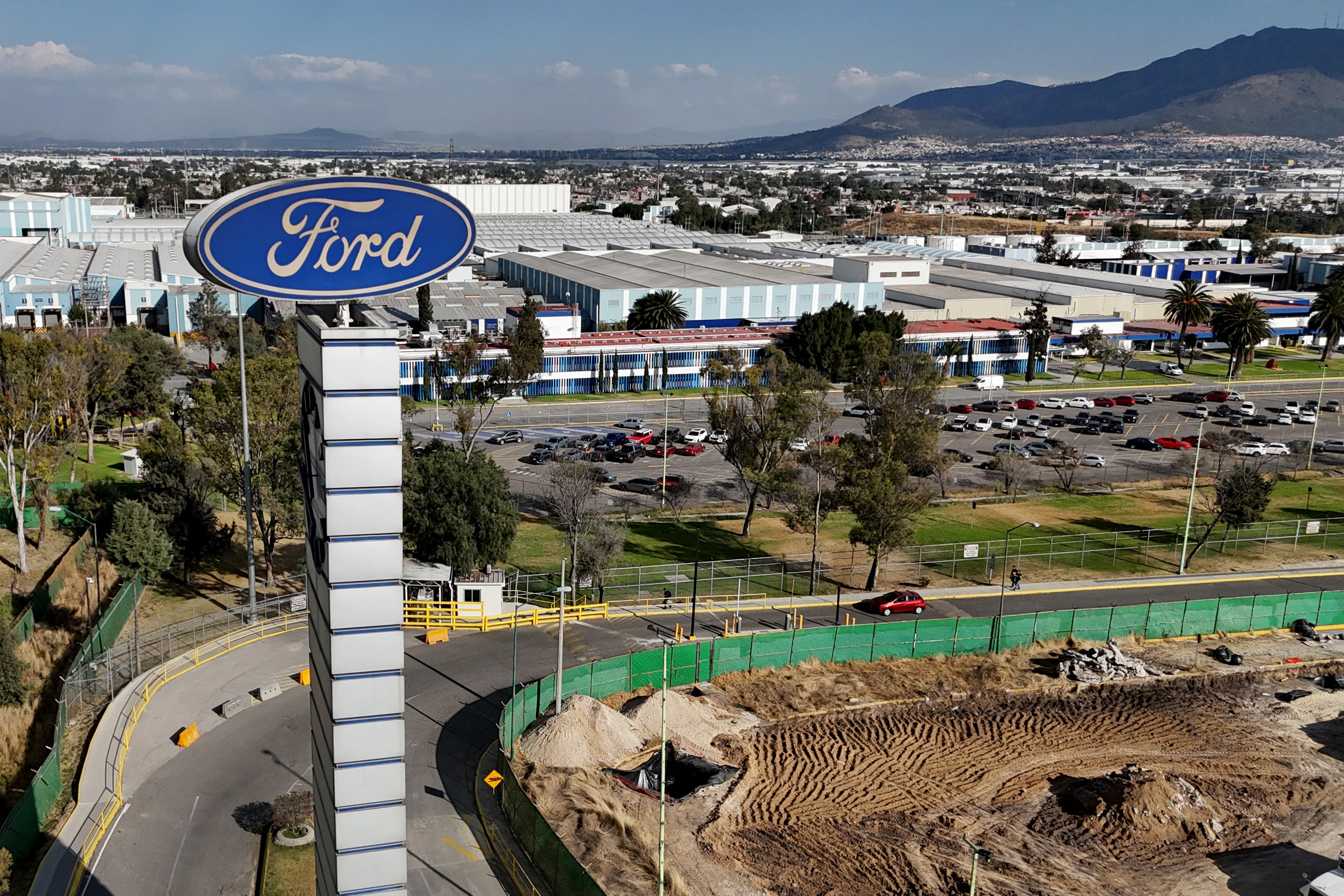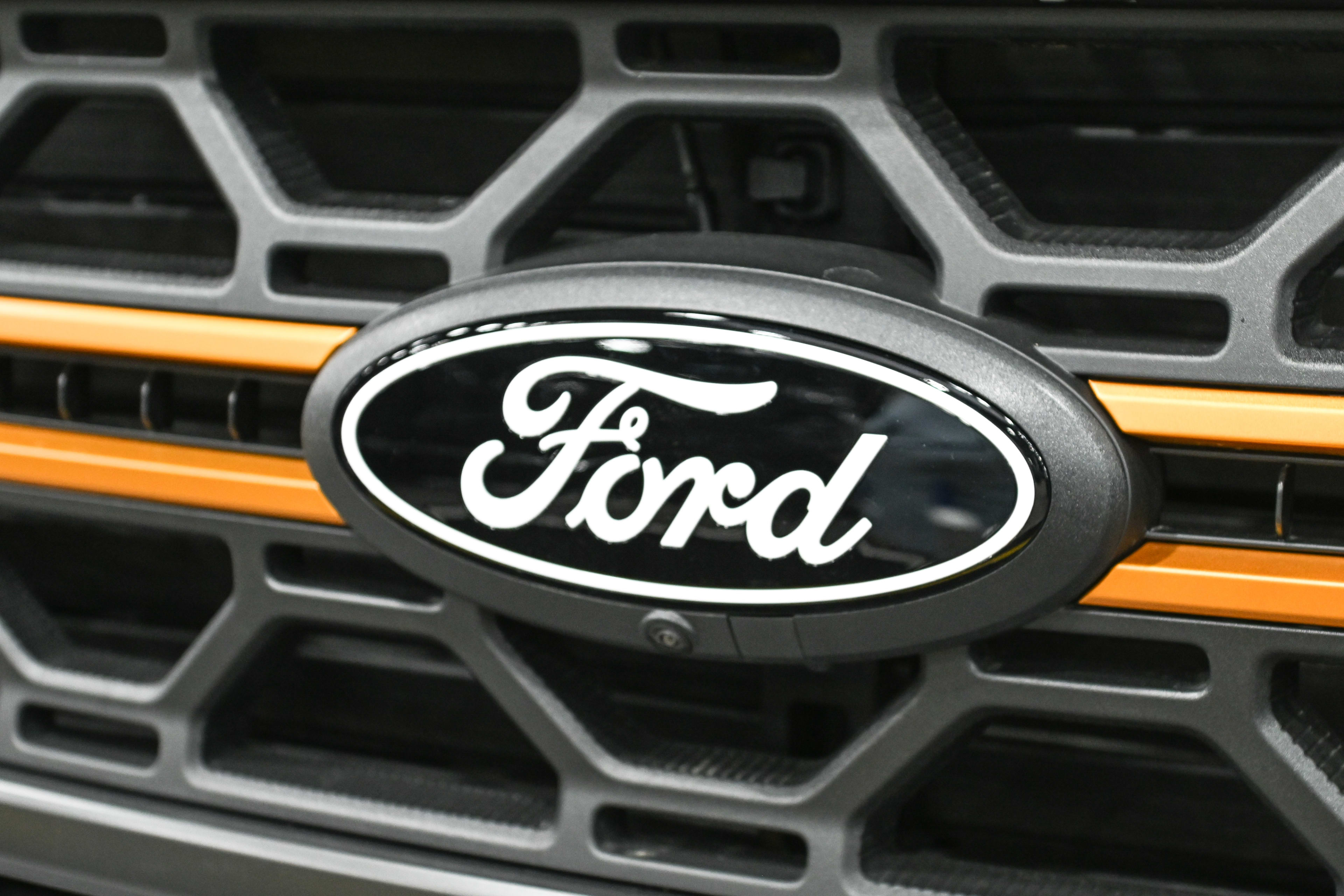Ford Insists on Carbon Neutrality by 2050, Even as Rivals Retreat from Electrification Goals
Ford is reaffirming its commitment to achieving carbon neutrality by 2050, standing firm on its climate pledge even as many rivals scale back or abandon their aggressive electrification deadlines. The Blue Oval, which first announced its ambitious roadmap in 2020, plans to focus its strategy on three core areas—vehicle use, its supply base, and its facilities—which collectively account for 95 percent of the brand’s total CO2 emissions.

Ford’s Three Pillars for Carbon Neutrality
Ford’s strategy targets its biggest sources of greenhouse gas (GHG) emissions through both immediate and long-term actions.
- Vehicle Use (Scope 3): This is the largest category, targeting emissions from the vehicles Ford sells after they leave the factory. Ford will lean heavily on expanding its EV and hybrid offerings to achieve reduction in this area. Ford has committed to reducing Scope 3 GHG emissions from the use of its sold products by 50% per vehicle-kilometre from 2019 by 2035.
- Supply Base (Scope 3): Ford is working with its suppliers to cut emissions, aiming to secure raw materials like low-carbon aluminum and near-zero steel by 2030.
- Company Facilities (Scope 1 & 2): Ford is making tangible progress in reducing operational emissions. The company has already achieved a 49% reduction in absolute global operations GHG emissions since 2017. Near-term goals include powering its Michigan facilities with 100% carbon-free electricity. The company plans to source 100% locally sourced renewable energy for all its manufacturing plants globally by 2035.
Standing Firm as Rivals Walk Back Commitments
Ford’s renewed commitment comes at a time when the automotive industry is facing a widespread “reality check” regarding the speed of the electric transition.
- Widespread Retreat: Many automakers who claimed aggressive electrification deadlines are no longer committed to a fully electric lineup by 2030.
- Volvo scrapped its 2030 fully electric goal, aiming for a mix of fully electric and plug-in hybrid models instead.
- Mercedes-Benz revised its 2030 target, and Aston Martin delayed its first mass-production EV.
- Volkswagen (VW) halved the capacity of a battery plant over poor EV sales, though it has maintained its 2030 sales targets.
- Ford’s Consistency: Unlike rivals, Ford is doubling down on its carbon neutrality roadmap despite losing federal EV subsidies and facing anti-EV policy shifts. The automaker insists that failing or walking back its 2050 plan would be a “stain on the brand”.

Why Ford’s Commitment Matters
Ford’s climate pledge is essential both environmentally and for its corporate image.
- Necessity: Ford acknowledged it “pollutes more than any individual ever will”. The commitment aligns with the Paris Climate Agreement and science-based targets.
- Progress: Ford has achieved a 16 percent reduction in total Scope 3 GHG emissions since 2019, which covers indirect emissions from its value chain, including supplier activities and vehicle use.
- Investment: Ford’s transition involves significant investment, having committed over $50 billion from 2022 through 2026 to develop and manufacture electric vehicles and batteries.
Ford’s reaffirmation of its 2050 carbon neutrality goal amidst industry turmoil signals a strong determination to balance its traditional business with the demands of a sustainable future.
Also Read – BMW XM “Frozen-Style Edition” Revealed: Only 44 Units Produced for Japan Amid Plummeting Sales




Pingback: Ford Adds 1,000+ Jobs To Boost F-150 Production, Aims For 50K More Trucks In 2026 After Aluminum Fire - Mechhelp